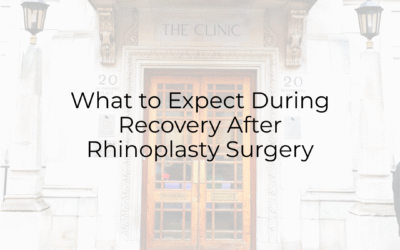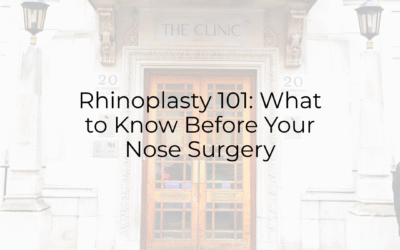A deviated septum, an affliction characterized by a shift in the nasal cavity wall, might sound like a minor issue at first blush. However, this common condition, affecting a significant portion of the population, can lead to health complications that profoundly impact one’s quality of life. This comprehensive guide will walk you through every facet of deviated septum surgery, from understanding the procedure to post-operative care. Whether you’re considering surgery or just seeking to broaden your knowledge, we’ve got you covered.
What is a Deviated Septum and Why Does it Require Surgery?
A deviated septum occurs when the thin wall (nasal septum) that separates your nasal passages is displaced to one side. This displacement can occur at birth due to a malformation, or it can be the result of injury or trauma. Symptoms of a deviated septum often include difficulty breathing through the nose, nasal congestion, recurring sinus infections, and nosebleeds. In severe cases, where symptoms cannot be managed with medications or other treatments, surgery becomes necessary.
Understanding the Surgery: Rhinoplasty
Deviated septum surgery, commonly referred to as septoplasty, aims to straighten the nasal septum and allow better airflow through both nostrils. It is often performed at the same time as rhinoplasty, a surgical procedure that reshapes the nose for either cosmetic or functional purposes. During septoplasty, the surgeon works through the nostrils, making incisions to access the septum, and may remove excess bone or cartilage to achieve the desired alignment. The outcome is a more symmetrical internal nasal cavity.
Preparing for Deviated Septum Surgery
If you and your healthcare provider decide that surgery is the best course of action, thorough preparation is crucial. This includes discussing any medications you are currently taking, understanding the surgical process, arranging for post-operative care, and setting realistic expectations for the recovery period. You’ll also be advised to refrain from eating or drinking after midnight before your surgery, as well as suggested to quit smoking, if applicable, to optimize healing.
Stay tuned for the next part of this guide, which will cover what to expect during and after surgery, as well as pro tips for a smooth recovery. Whether you’re exploring surgical solutions or curious about the process, knowing what to anticipate can bring peace of mind and pave the way for a successful intervention.



